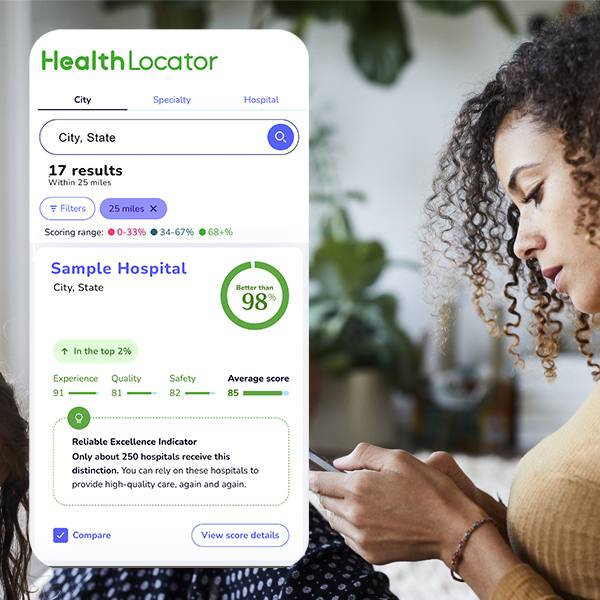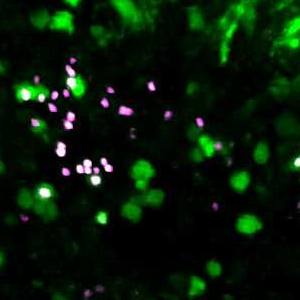For 20 years, Mayo Clinic has been screening the hearing of newborn babies to help identify those with hearing loss. Dr. Joscelyn Martin, a Mayo Clinic audiologist who started the program with colleague Dr. Susan Lynn, says that since the program began, their team has screened more than 45,000 babies.
Journalists: Broadcast-quality video pkg (0:59) is in the downloads at the end of the post. Please "Courtesy: Mayo Clinic News Network." Read the script.
At just 1 day old, babies at Mayo Clinic get a hearing test.
"Earlier identification of hearing loss leads to better outcomes for children, better speech and language outcomes, better educational (outcomes), better social and emotional outcomes," says Dr. Martin.
Dr. Martin says that approximately 4 out of 1,000 babies born in the U.S. have some degree of hearing loss. Two noninvasive and painless screening tests can help identify them.
"They are called 'otoacoustic emissions' and 'automated auditory brainstem response,'" says Dr. Martin.
With the first test, the baby listens to clicking sounds. And if the inner ear works, it sends a sound out that the technology can measure.
"The second test, the automated auditory brainstem response, or AABR, is similar, but this time, small stickers help measure waveforms," says Dr. Martin.
"The baby does not have to jump or startle, or raise his or her hand to say, 'I heard it.' I often tell parents that. In fact, if the baby sleeps right through the test, it is a little bit easier to measure what we want to measure," says Dr. Martin.
If hearing loss is found, parents can decide about interventions such as hearing aids, cochlear implants or sign language.







